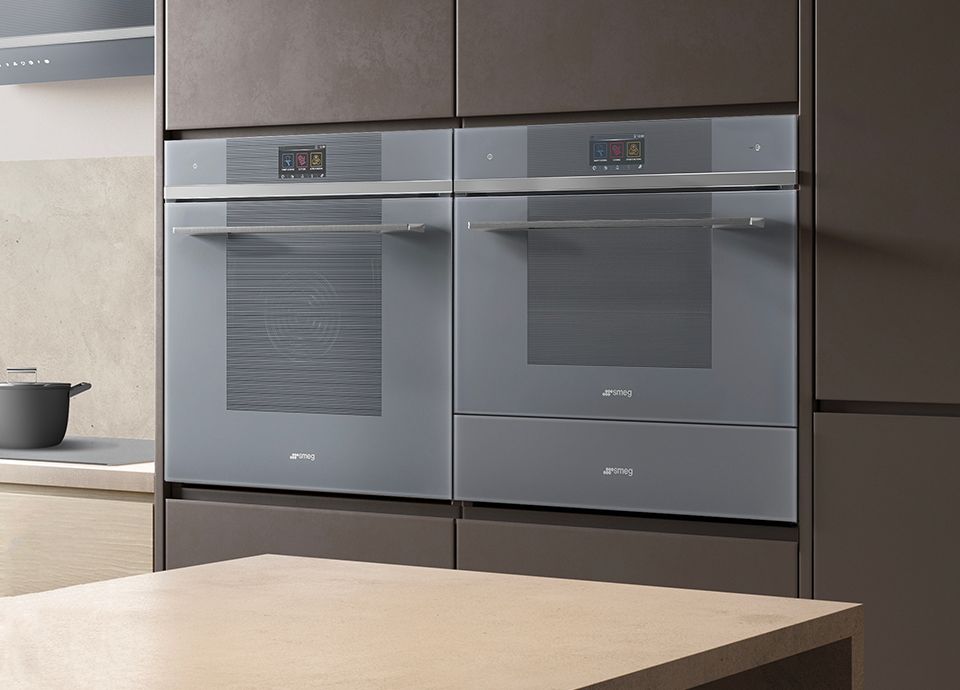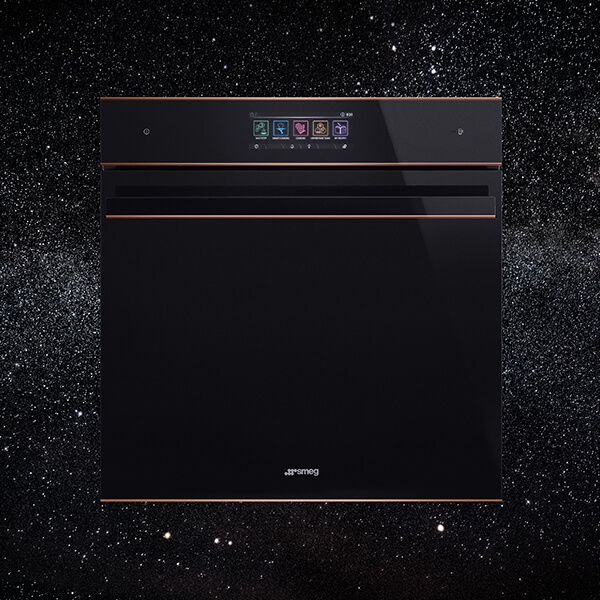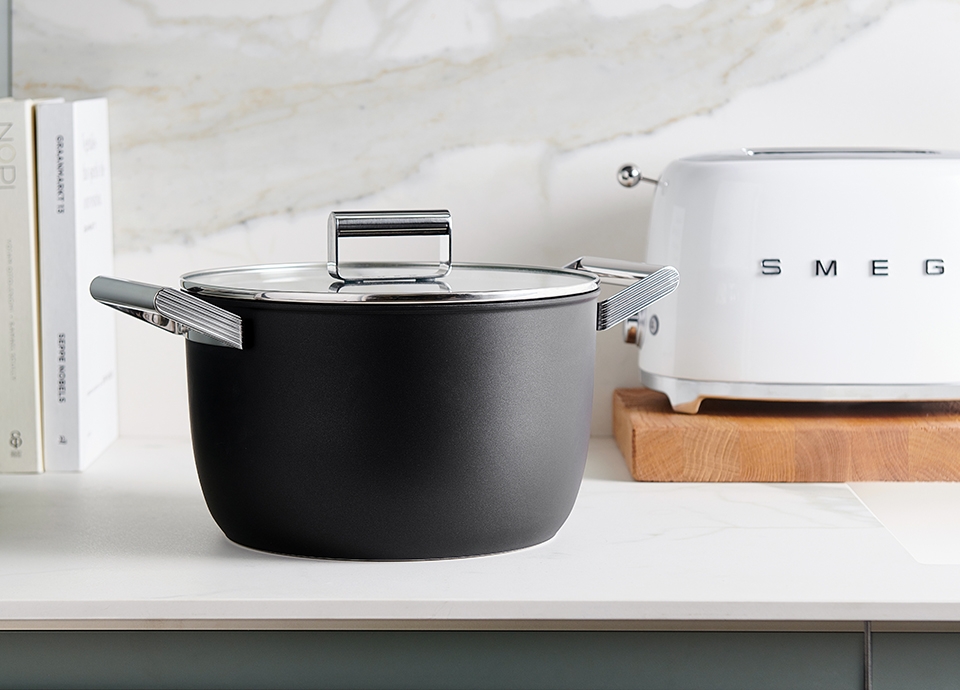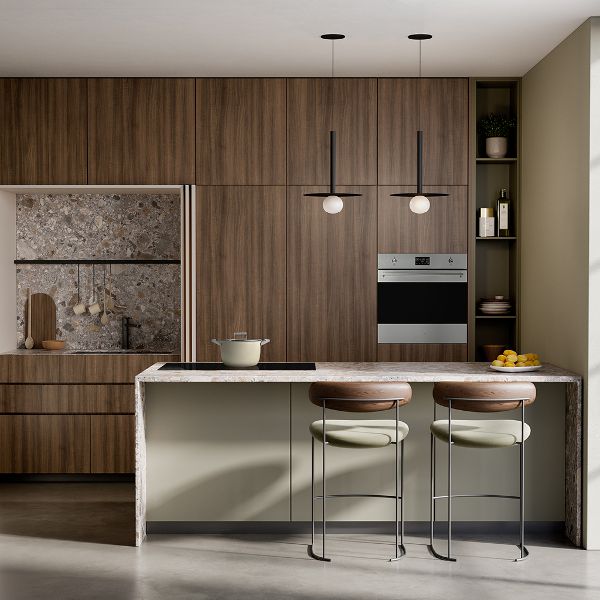A Dutch oven is a thick-walled, heavy-duty pot, usually made of cast iron (although sometimes from enamelled cast iron), and is designed for slow cooking, baking, roasting, and frying. They feature a tight-fitting lid to trap moisture, and they can be used on stovetops, in ovens, and even over open flames.
Dutch Oven vs Casserole Dish
If you’ve heard someone use the term casserole dish or “casserole pan”, it’s entirely possible that they were referring to a Dutch oven, and vice versa. This is because they are essentially the same item, bearing a couple of very tiny differences highlighted below, offering the same purpose and benefits. The main difference is that casserole dishes are typically more lightweight compared to Dutch ovens, and are usually made from a wider range of materials, such as aluminium or ceramic.
Geography also plays a part; "Dutch oven" or "Dutch pot" is common in the USA, while "casserole pan" is the international term, derived from the Dutch term Braadpan ("roasting pan").
Dutch Oven vs French oven
Another different term for a Dutch oven is a French oven, sometimes called a “cocotte”. Derived from the French word casserole, which means “saucepan”, a French oven is an enamelled cast iron item of cookware rather than a seasoned one, and is typically referred to as a type of Dutch oven, rather than a separate item altogether.
The enamelled coating makes a French oven a little more user-friendly, but both cooking pots are successful in braising, stewing, and baking the same foods.
Comparison Guide




















































































































































